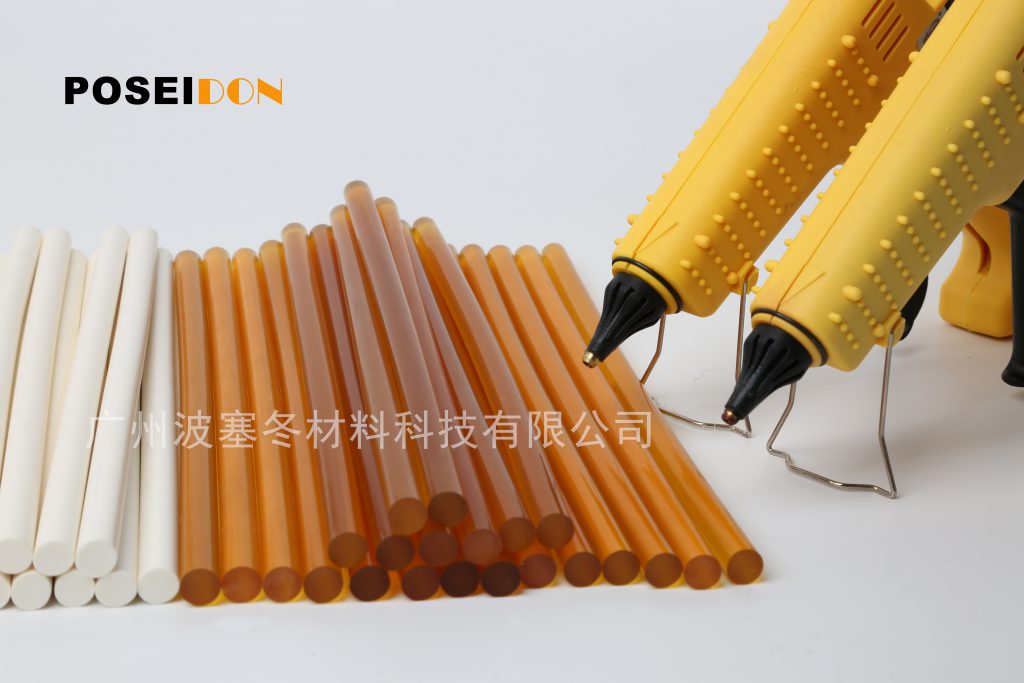With the continuous development of the economy, there is a rapid development trend in packaging, sanitary and medical supplies, daily necessities, shoe materials, electronics, automobiles, wood, cosmetics, building materials, furniture, handicrafts, and stone materials.
In line with the development of the times, hot-melt adhesives play an indispensable position in many fields. The domestic hot-melt adhesive industry has been developing for more than 30 years, and some hot-melt adhesives only appeared in the country in the mid-1980s. Manufacturers, whose products are mainly for the manufacture of book binding and hot melt adhesives for women’s sanitary napkins. However, their production scale is small and the development is slow. In 1993, the national hot melt adhesive output was only close to 10,000 tons. With the continuous deepening of reform and opening up With the further improvement of the level and scale of the factory, the hot melt adhesive industry has also entered a period of rapid development.
However, there are still many people who don’t know how to choose hot melt adhesives. What are the parameters of hot melt adhesives that affect its quality. The following is the answer given by our official Poseidon Material Technology technicians who have been working for many years. I hope to bring you Some help.

